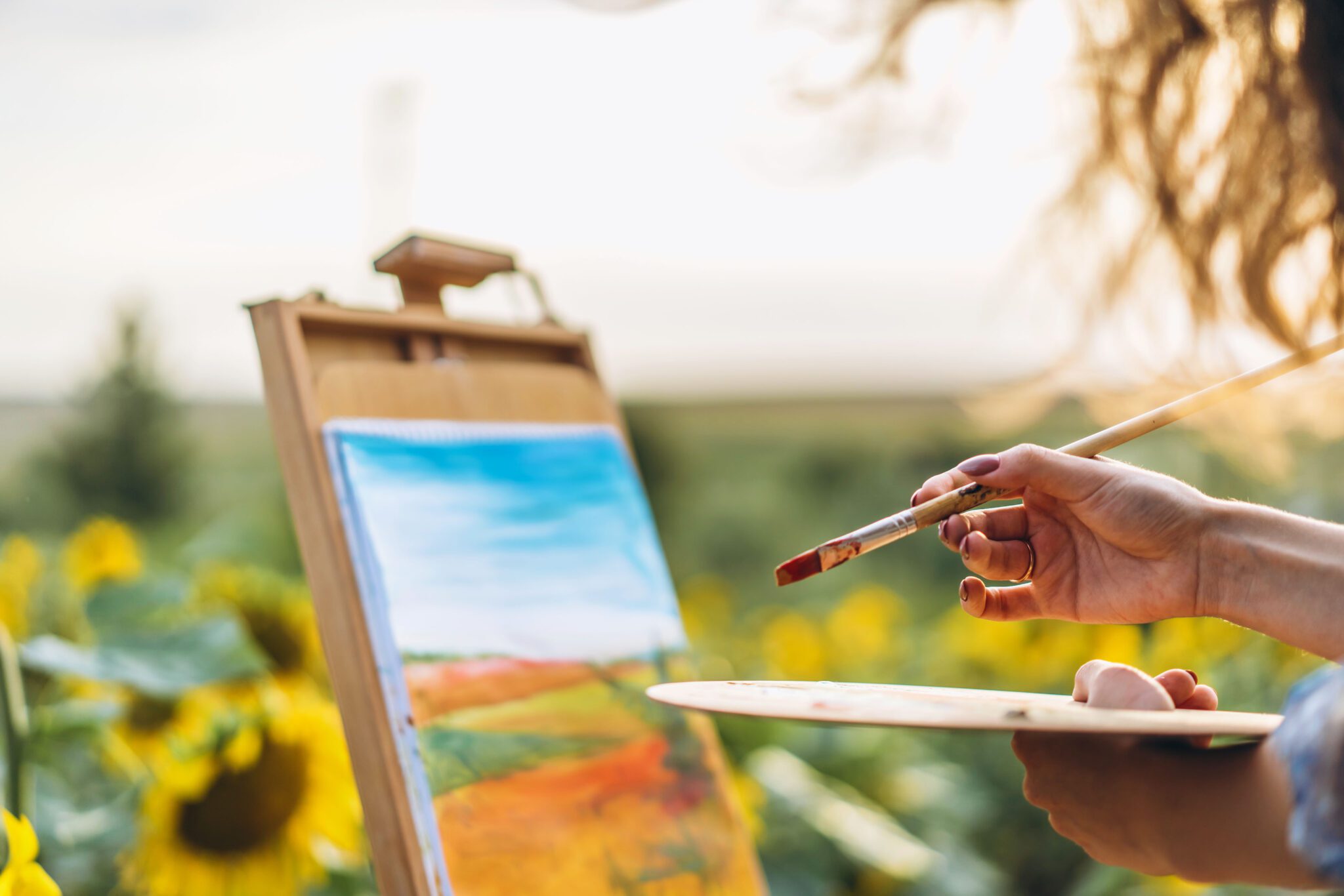As artists, the pursuit of mastery in our craft is a journey filled with exploration and experimentation. Among the many techniques available to us, the contrasting application of thick and thin paint is a powerful method that can elevate our acrylic paintings to new heights. This blog post will delve deep into the art of utilizing both thick and thin applications, showing you how to achieve dramatic effects, enhance textures, and bring your paintings to life. Join us as we unfold the layers of this fascinating technique and inspire you to embark on your next acrylic adventure!
Understanding the Basics of Thick and Thin Paint Applications
Before we dive into the specifics, it’s essential to understand what we mean by thick and thin paint applications. Thick paint, often referred to as impasto, is applied generously and allows for a sculptural quality in your artwork. In contrast, thin paint typically involves diluted acrylics, enabling smoother, more fluid applications. Both techniques can be used effectively to create striking contrasts in your artwork, leading to compositions that resonate visually and engage the viewer.
1. Creating Visual Contrast and Depth
One of the most prominent benefits of using both thick and thin paint applications is the visual contrast they create. Thick paint can be used to highlight certain features of your work, such as the focal point in a landscape. For instance, imagine painting a vibrant sun rising over a rustic landscape. Applying bold strokes of thick yellow and orange paint for the sun can create a dazzling focal area that draws the viewer’s eye.
Meanwhile, thin layers can be used to build softer backgrounds or create atmospheric depth. By applying thin washes of blue or green, you can evoke the feeling of distance, setting the scene for the more pronounced elements in the foreground. The interplay between these applications not only enhances the depth in your paintings but also adds dimension and complexity to your compositions.
2. Achieving Texture and Movement
Texture is vital in bringing your paintings to life. By combining thick and thin paint applications, you can create dynamic surfaces that invite touch and interaction. Thick applications can add a three-dimensional quality, reflecting light differently and creating shadows. This quality is especially useful in landscape painting—think of luscious trees rendered with thick, textured strokes, contrasting against silky, thin applications for the flowing sky.
Thin paint can also provide movement across your canvas. Techniques such as glazing—applying multiple thin layers—allow the underpainting to show through while introducing subtle color variations. This method can suggest the gentle rippling of water or the delicate play of light through leaves, enhancing the overall visual narrative of your piece.
3. Developing Artistic Style and Personal Expression
Using both thick and thin applications enables artists to develop a distinct style and aids in expressing their creative voice. This combination provides tremendous flexibility; you can utilize bold, thick strokes to convey energy or drama, while thin applications may reflect serenity and calmness. Mixing these techniques allows you to borrow from diverse artistic styles, whether impressionism, expressionism, or realism.
Encouraging you to embrace experimentation, don’t shy away from juxtaposing thick and thin applications within a single piece. By continually exploring your techniques, you’ll refine your personal artistic language, showcasing your evolution as an artist.
Practical Tips for Implementing Contrasting Techniques
Choosing the Right Tools
Before starting your painting, it’s crucial to choose the right tools. A variety of brushes can facilitate both thick and thin applications. For thick applications, use palette knives or stiff-bristled brushes to lay down bold strokes. Softer, more flexible brushes will help you achieve thin washes and delicate details. Consider experimenting with unconventional tools where applicable—think sponges, rags, or even your fingers!
Layering Techniques
Layering is critical when working with thin paint. Start your background with thin washes and gradually build up the thickness in specific areas. This will help maintain a balanced composition without overwhelming the viewer with heavy paint.
Color Mixing
When mixing colors for your thick applications, consider how they interact with those you plan to use thinly. Using the same palette for both techniques can create harmony within your painting. Employ transparent additives for thin layers to produce luminosity and vibrancy, while opaque colors in thicker applications can create visual interest and contrast.
Timing and Drying
Acrylic paint typically dries relatively quickly, which is beneficial for both techniques. However, be mindful of the drying times, especially when layering thin applications over thicker ones. Allow each layer sufficient time to dry before adding more paint to avoid unwanted blending and muddiness.
Inspiration Awaits at Urart Studio!
Now that you’re equipped with the insight into combining thick and thin paint applications, it’s time to put your newfound knowledge to the test. Explore the variety of online resources available at Urart Studio to enhance your acrylic painting journey. Check out our step-by-step acrylic painting tutorials, specially designed for artists of all skill levels. Whether you’re just starting or looking to refine your technique, our tutorials will guide you through every layer of your painting process.
Don’t forget about our unique and unconventional variety of paintbrushes, each designed to empower your artistic expression!
Additionally, browse our original landscape painting art gallery, featuring beautiful artworks available for purchase. You can find fantastic demonstrations of these techniques in action by visiting our YouTube channel, where our step-by-step acrylic landscape painting demonstrations await.
Inspire your creativity and embrace these contrasting techniques in your work today!
Explore More at Urart Studio
Remember to take some time to navigate through our website and discover all the resources available to you:
- Browse through our art supplies and tools at Shop
- Get valuable painting tips to enhance your skills at Painting Tips
- Check out our detailed painting instructions at Step-by-Step Painting Instructions
Dive into the fascinating world of acrylic painting with us and watch your artistic vision come to life!



Leave a Reply
You must be logged in to post a comment.